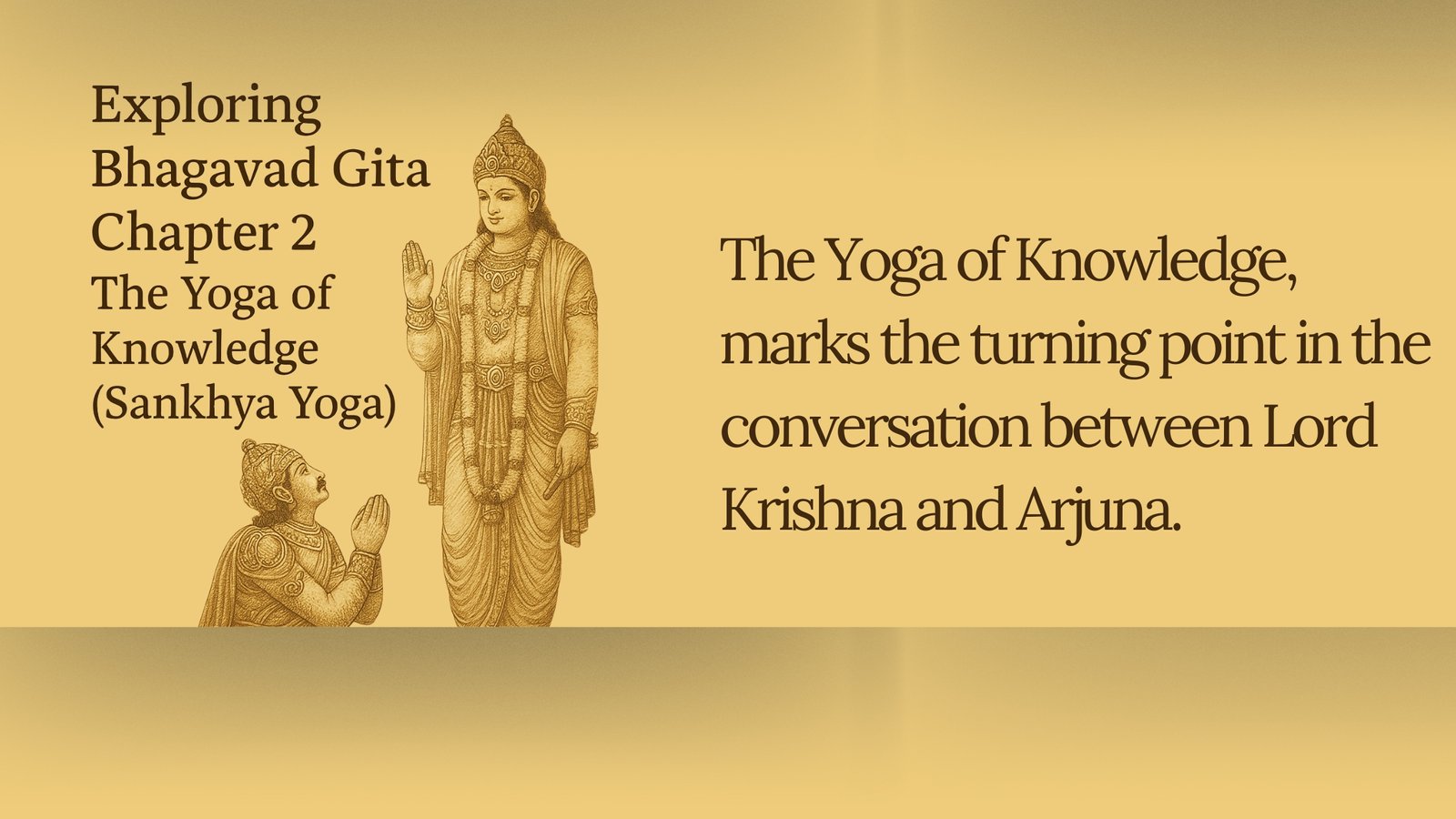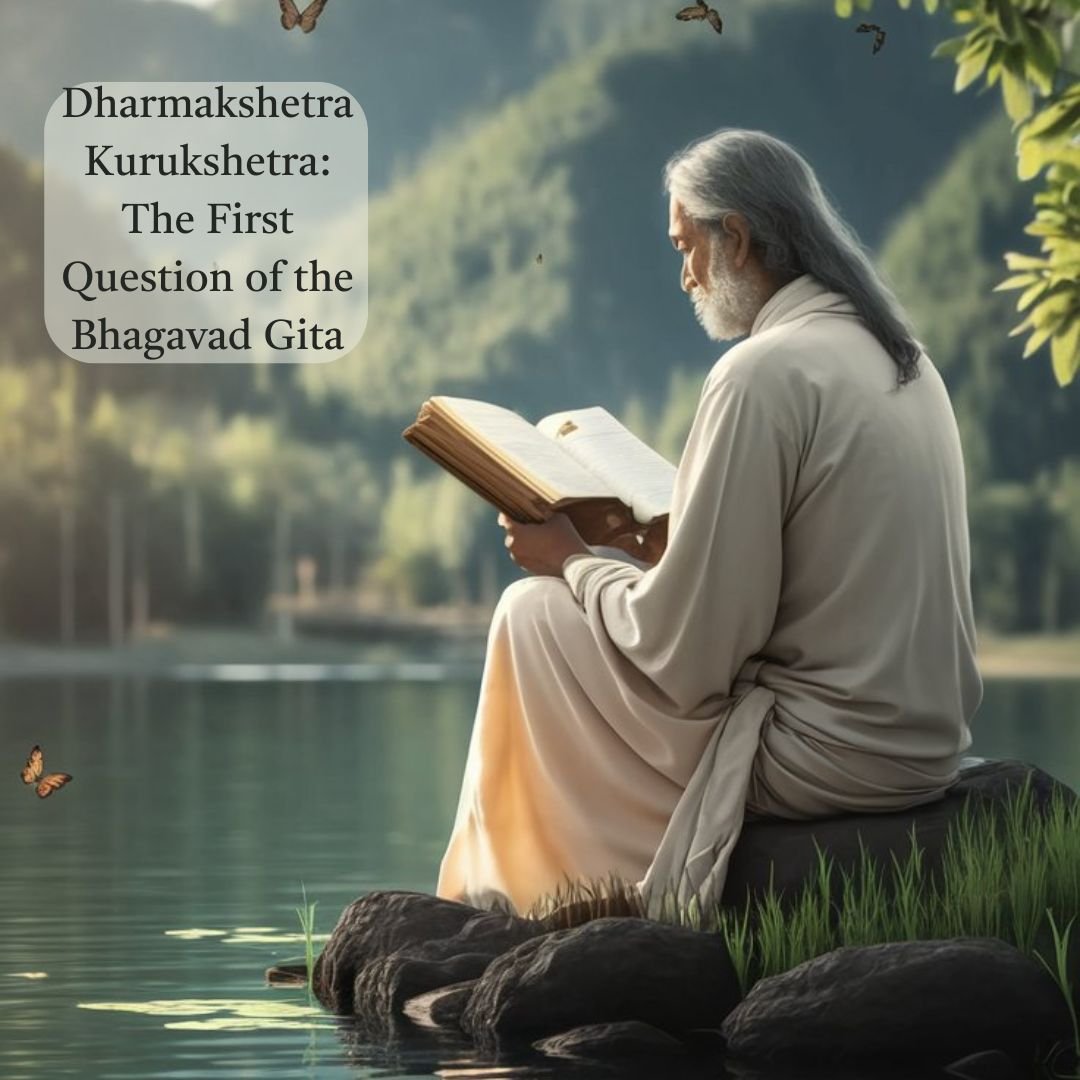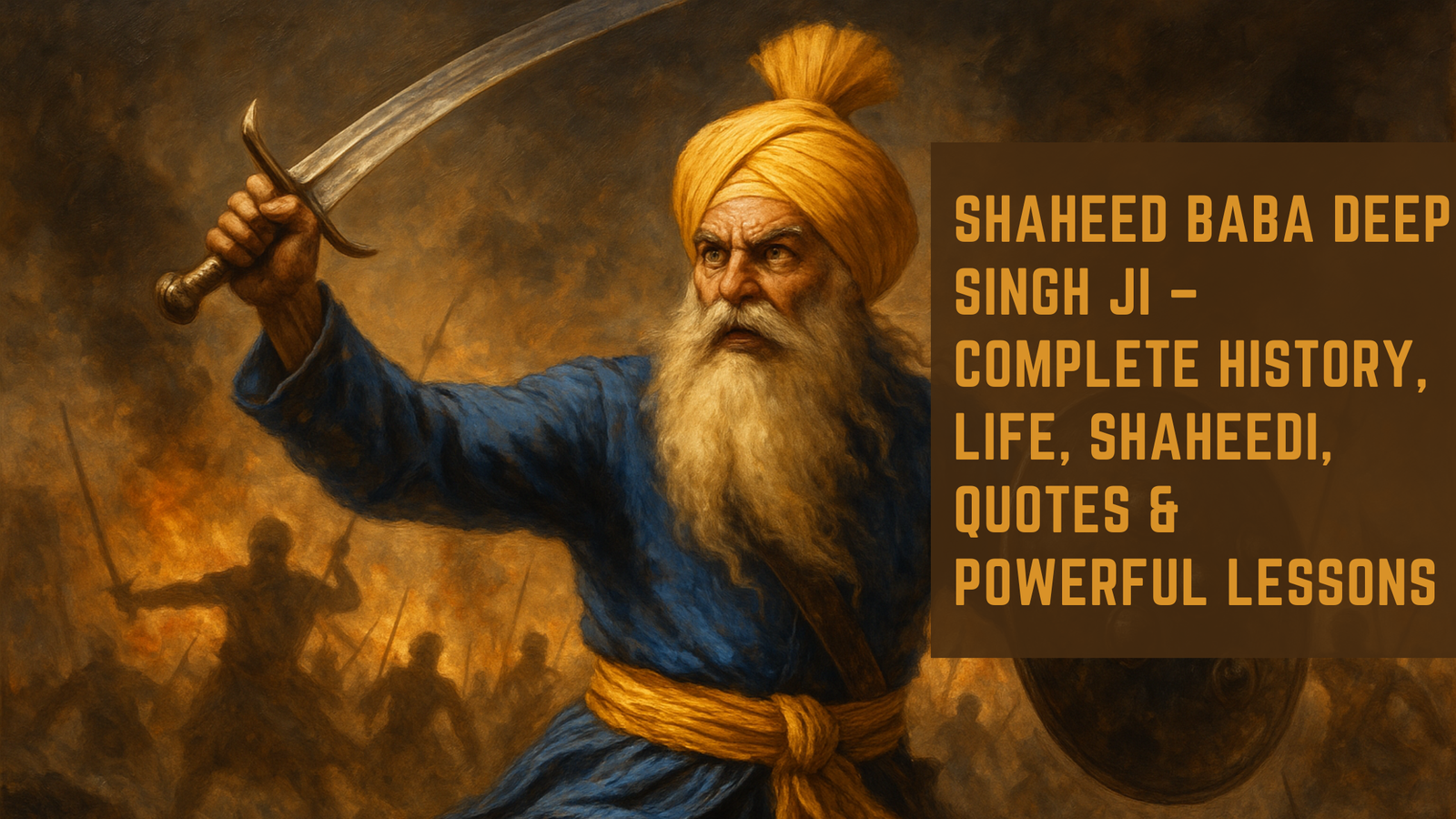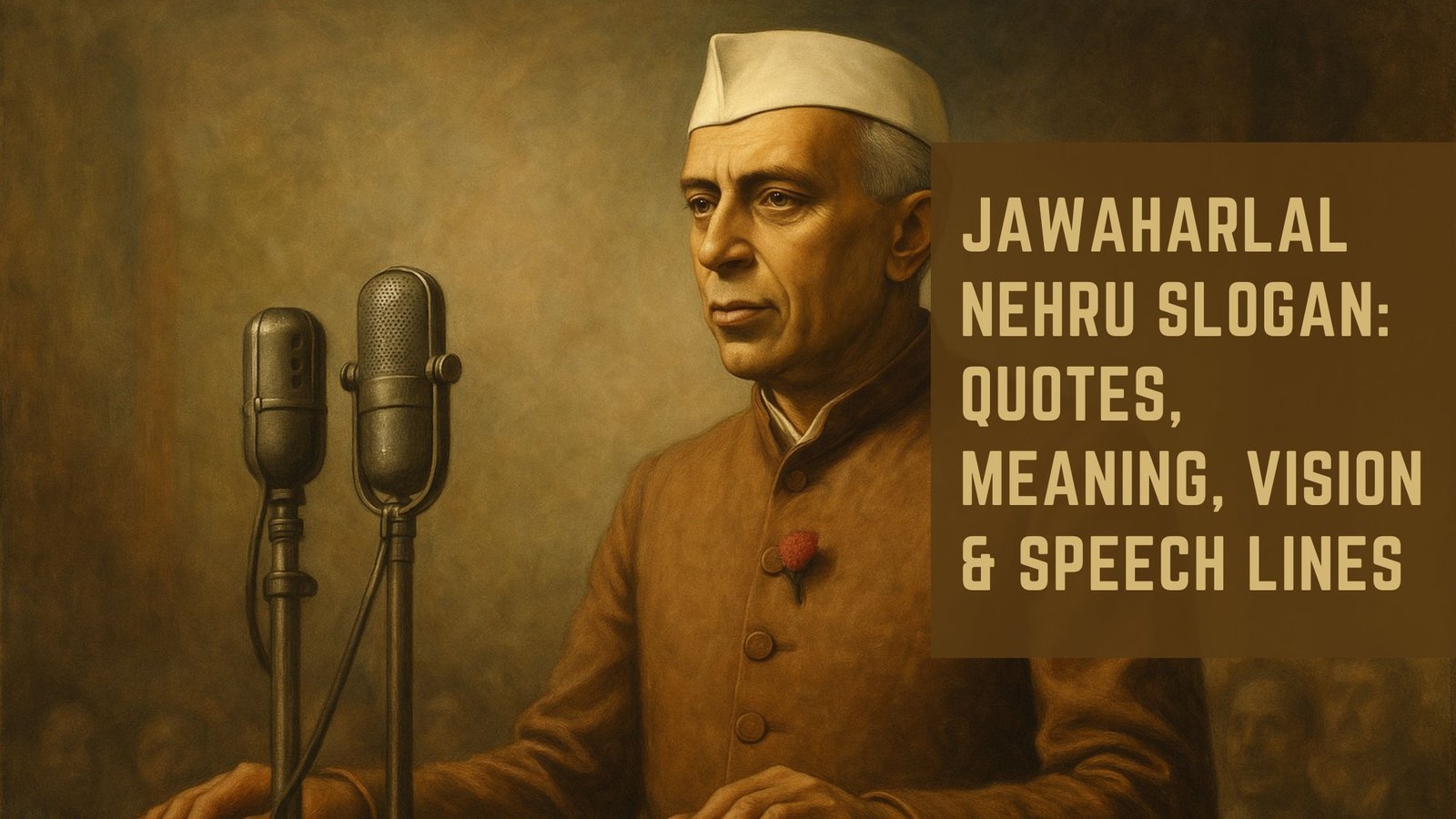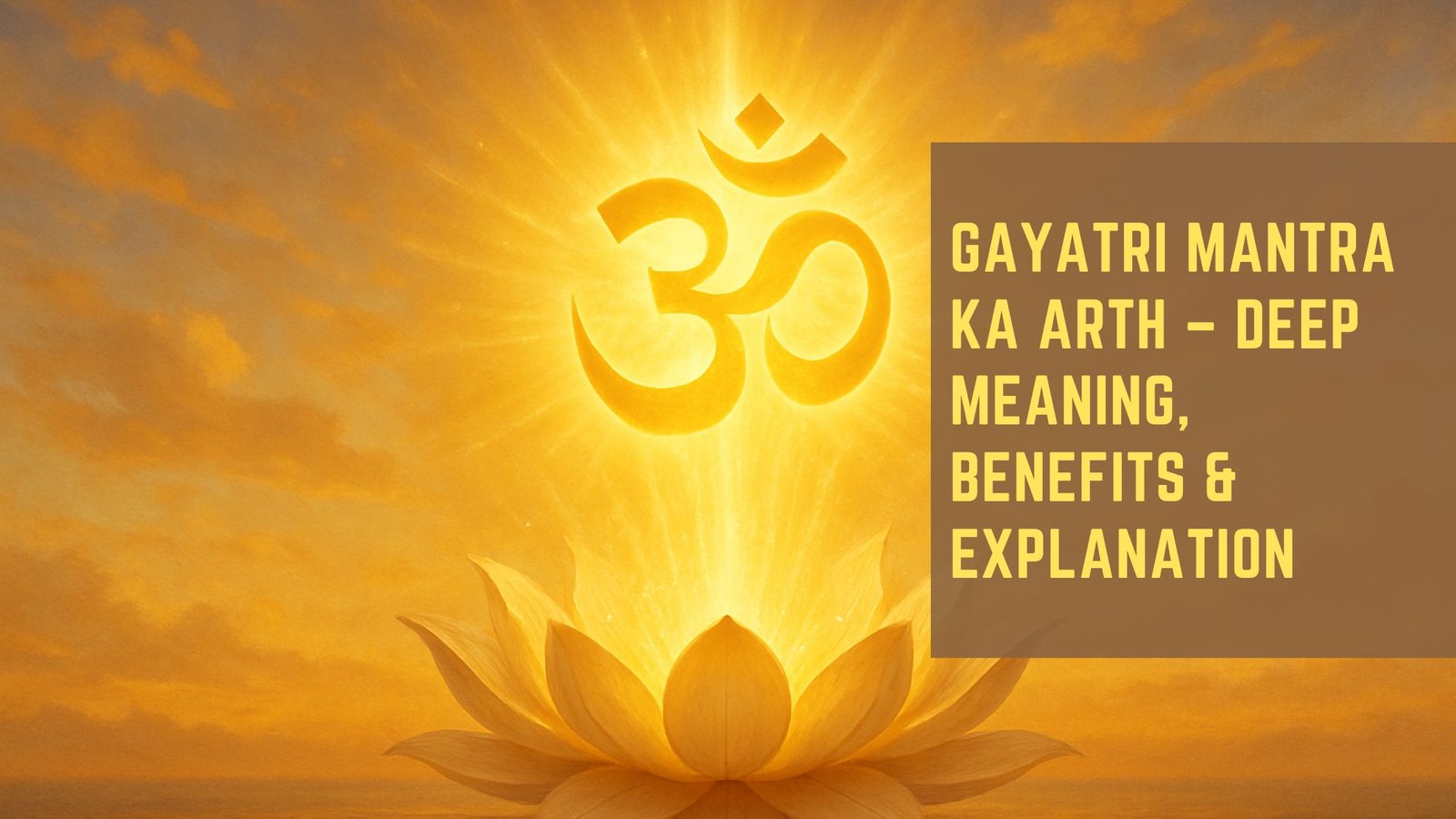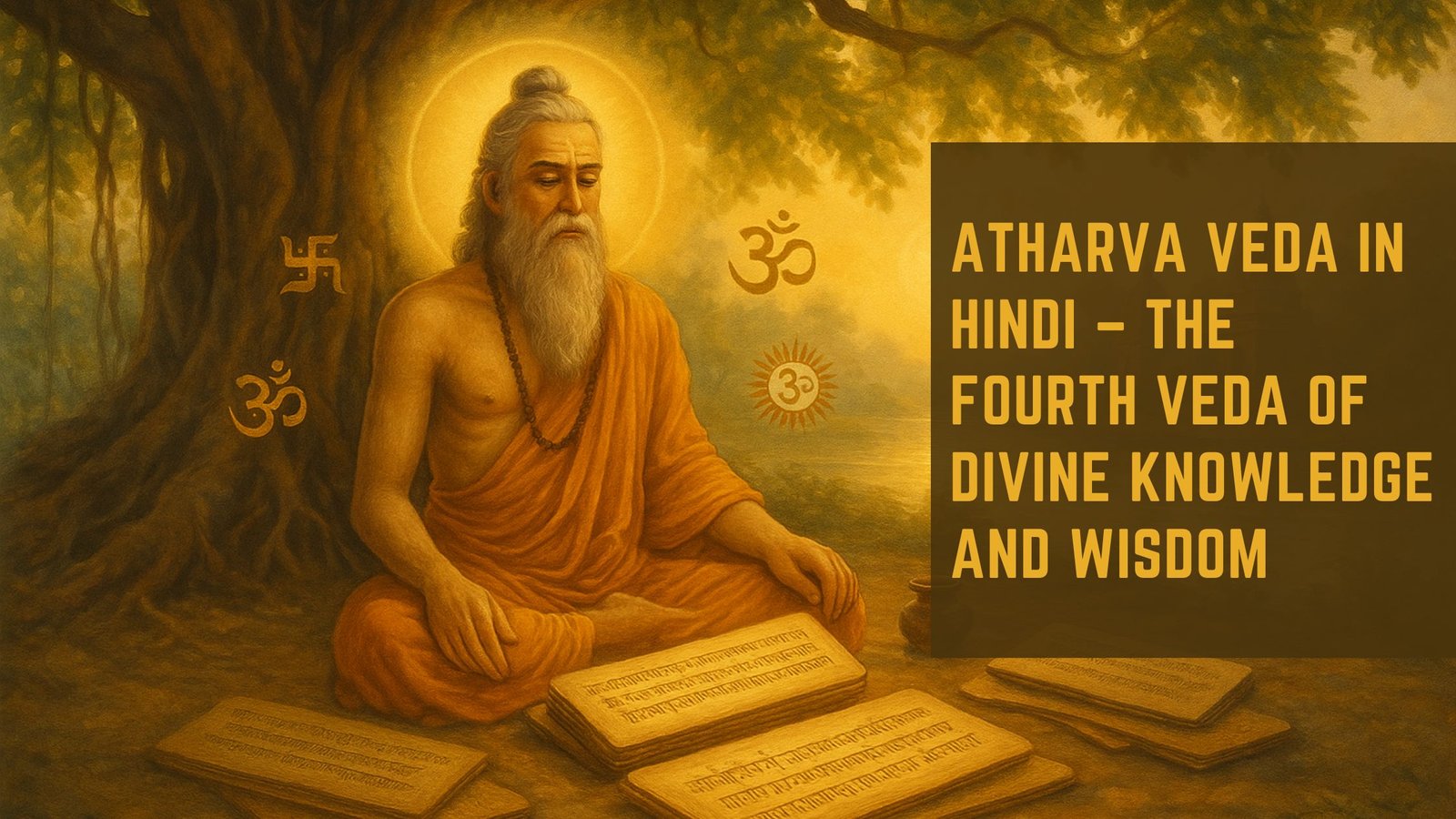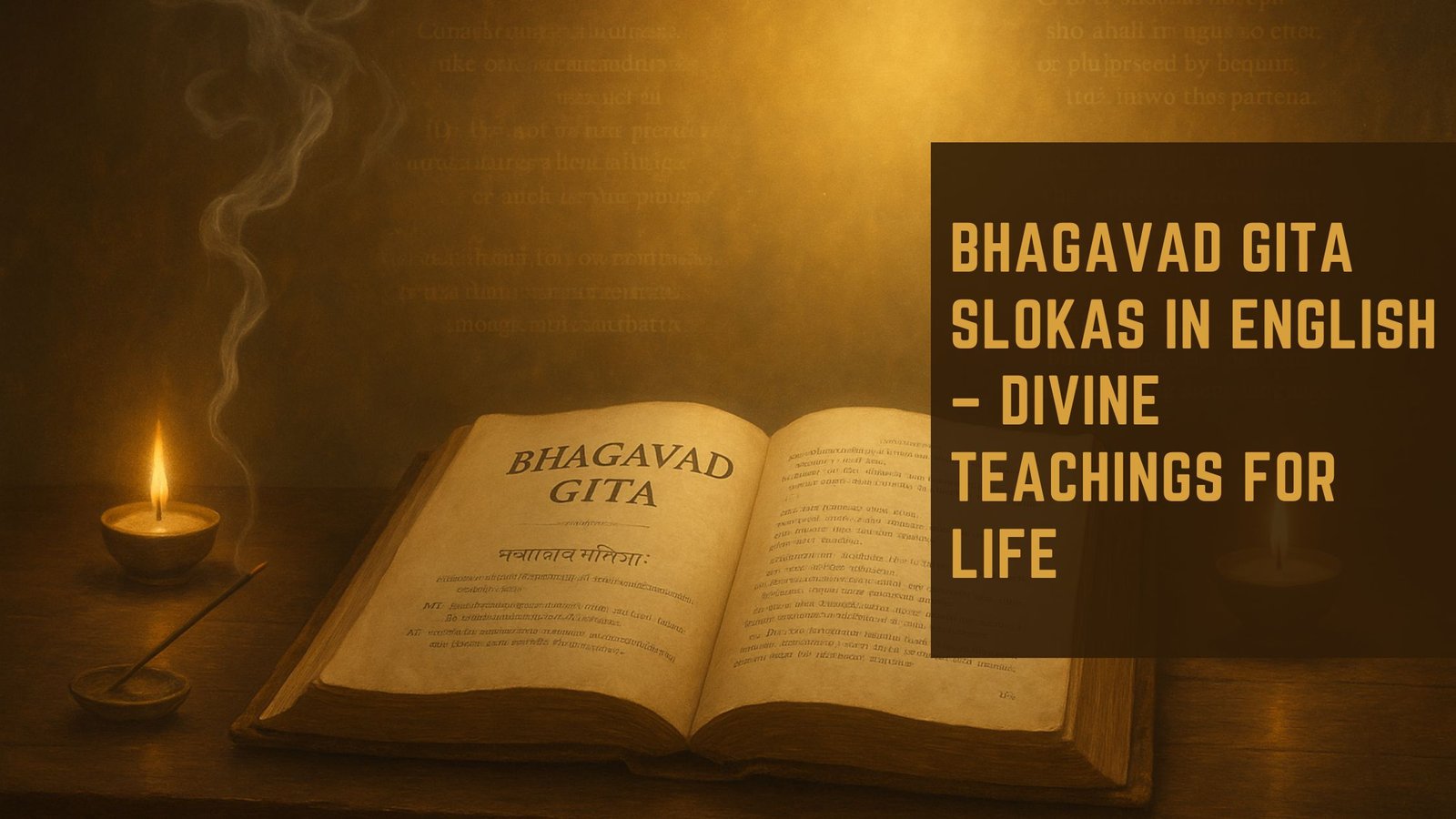The Bhagavad Gita, often referred to simply as the Gita, stands as one of the most revered texts in Indian philosophy and spirituality. Composed over two millennia ago, this 700-verse scripture is part of the Indian epic Mahabharata and is presented in the form of a dialogue between Prince Arjuna and Lord Krishna, who serves as his charioteer. The Gita addresses profound questions about life, duty, and the nature of reality, making it a timeless guide for individuals seeking clarity in their moral and existential dilemmas.
Its teachings transcend cultural and temporal boundaries, offering insights that resonate with people from diverse backgrounds. At its core, the Bhagavad Gita explores the concept of dharma, or righteous duty, and the moral complexities that arise when one is faced with difficult choices. The text delves into various paths of yoga—action, devotion, and knowledge—each providing a unique approach to understanding one’s purpose in life.
The Gita’s philosophical depth and practical wisdom have inspired countless individuals, scholars, and spiritual seekers throughout history, establishing it as a cornerstone of Hindu thought and a significant influence on global philosophical discourse.
Key Takeaways
- The Bhagavad Gita is a sacred Hindu scripture that offers guidance on how to live a righteous life.
- Arjuna’s dilemma in the Bhagavad Gita represents the inner conflict and moral dilemmas that individuals face in their lives.
- The Battle of Kurukshetra serves as the backdrop for the teachings of the Bhagavad Gita, highlighting the importance of duty and righteousness in the face of adversity.
- Arjuna’s emotional turmoil reflects the human experience of doubt, fear, and confusion, making his journey relatable to readers.
- Krishna’s teachings in the Bhagavad Gita emphasize the path to dharma, or righteous duty, and provide guidance on how to live a fulfilling and purposeful life.
Arjuna’s Dilemma: Understanding the Context
The Agonizing Moral Quandary
As a warrior prince poised to engage in battle against his own relatives, teachers, and friends, Arjuna is confronted with an agonizing moral quandary. The impending war at Kurukshetra represents not just a physical conflict but also a profound ethical struggle.
The Universal Struggle
Arjuna’s hesitation stems from his deep-seated love for his family and his aversion to violence, leading him to question the righteousness of his duty as a warrior. This internal conflict is emblematic of the human experience; individuals often grapple with competing loyalties and values. Arjuna’s reluctance to fight reflects a universal struggle between personal emotions and societal expectations.
A Microcosm of the Gita’s Themes
His dilemma serves as a microcosm of the larger themes explored in the Gita, where the tension between duty and personal ethics is examined in depth. As he stands on the battlefield, bow in hand but heart heavy with doubt, Arjuna embodies the struggle that many face when confronted with choices that challenge their moral compass.
The Battle of Kurukshetra: Setting the Stage

The battlefield of Kurukshetra serves as a dramatic backdrop for the philosophical discourse that unfolds in the Bhagavad Gita. This sacred land is not merely a physical location; it symbolizes the arena of life where individuals confront their inner battles and external challenges. The war itself represents the inevitable conflicts that arise in life, whether they be personal, social, or spiritual.
As Arjuna surveys the battlefield filled with warriors ready to fight, he is struck by the gravity of the situation and the consequences of his actions. The setting amplifies Arjuna’s turmoil, as he recognizes that each warrior on the opposing side has played a significant role in his life. The emotional weight of facing loved ones in combat intensifies his internal struggle.
This poignant moment highlights the complexities of human relationships and the often-painful choices that must be made in pursuit of one’s duty. The battlefield becomes a metaphor for life’s challenges, where individuals must navigate their responsibilities while grappling with their emotions and ethical beliefs.
Arjuna’s Inner Conflict: Exploring his Emotions
| Emotion | Intensity | Impact on Decision Making |
|---|---|---|
| Fear | High | Caused hesitation and doubt |
| Guilt | Medium | Caused inner turmoil and self-doubt |
| Confusion | High | Caused indecisiveness and lack of clarity |
| Anger | Low | Caused frustration and inner conflict |
Arjuna’s inner conflict is rich with emotional depth, revealing layers of fear, confusion, and sorrow. As he stands on the precipice of battle, he experiences a profound sense of despair that leads him to question not only his role as a warrior but also the very nature of existence. His heart aches at the thought of killing those he loves, and he grapples with feelings of helplessness in the face of such overwhelming circumstances.
This emotional turmoil resonates with anyone who has faced difficult decisions that pit personal values against societal obligations. Moreover, Arjuna’s vulnerability serves as a reminder that even the most heroic figures can experience doubt and fear. His reluctance to engage in battle reflects a deep-seated desire for peace and harmony, showcasing his humanity amidst the chaos of war.
This internal struggle invites readers to reflect on their own experiences with conflict and decision-making. It emphasizes that moments of uncertainty are not signs of weakness but rather opportunities for growth and self-discovery.
Krishna’s Teachings: The Path to Dharma
In response to Arjuna’s despair, Lord Krishna imparts profound wisdom that forms the crux of the Bhagavad Gita’s teachings. He emphasizes the importance of dharma—one’s duty—and encourages Arjuna to rise above his emotional turmoil to fulfill his responsibilities as a warrior. Krishna elucidates that true strength lies not in avoiding conflict but in embracing one’s duty with courage and conviction.
He teaches that actions should be performed selflessly, without attachment to outcomes, thus introducing the concept of karma yoga—the yoga of selfless action. Krishna’s teachings extend beyond mere duty; they encompass a holistic understanding of life itself. He introduces various paths to spiritual realization, including bhakti yoga (the path of devotion) and jnana yoga (the path of knowledge).
Each path offers unique insights into achieving harmony within oneself and with the universe. Through these teachings, Krishna guides Arjuna toward a deeper understanding of his purpose and encourages him to act in alignment with his higher self rather than being swayed by fleeting emotions.
The Importance of Self-Realization in the Bhagavad Gita

Understanding the True Self
Krishna emphasizes that individuals are not merely their bodies or minds, but are eternal souls (atman) connected to the divine (Brahman). This realization liberates individuals from the confines of ego and attachment, allowing them to navigate life’s challenges with equanimity.
The Journey to Inner Peace
The Gita teaches that self-realization is essential for achieving inner peace and fulfillment. The journey toward self-realization involves introspection and self-inquiry. As individuals come to understand their true essence, they can transcend fear and doubt, embracing their roles in life with clarity and purpose.
Cultivating Virtues and Harmonious Relationships
This transformative process encourages individuals to cultivate virtues such as compassion, humility, and wisdom—qualities that foster harmonious relationships with others. The teachings of self-realization found in the Gita resonate deeply in contemporary society, where many seek meaning amidst chaos and uncertainty.
Applying the Lessons of the Bhagavad Gita to Modern Life
The timeless wisdom of the Bhagavad Gita offers valuable lessons for navigating modern life’s complexities. In an era marked by rapid change and uncertainty, individuals can draw inspiration from Arjuna’s journey and Krishna’s teachings. The principles of dharma encourage individuals to align their actions with their values while remaining adaptable to life’s challenges.
By embracing one’s responsibilities with integrity and purpose, individuals can cultivate resilience in the face of adversity. Moreover, the Gita’s emphasis on selfless action serves as a guiding principle for fostering meaningful connections within communities. In a world often driven by individualism and competition, practicing selflessness can lead to greater empathy and collaboration among people.
The teachings on self-realization encourage individuals to look beyond superficial identities and recognize their shared humanity, fostering a sense of unity that transcends differences.
Embracing the Wisdom of the Bhagavad Gita
In conclusion, the Bhagavad Gita remains a profound source of wisdom for individuals seeking guidance on their spiritual journeys. Through Arjuna’s dilemma and Krishna’s teachings, readers are invited to explore complex themes such as duty, morality, self-realization, and compassion. The text serves as a reminder that life’s challenges are not merely obstacles but opportunities for growth and understanding.
As individuals navigate their own battles—whether they be personal struggles or societal conflicts—the teachings of the Gita offer timeless insights into embracing one’s true nature while fulfilling one’s responsibilities. By internalizing these lessons, individuals can cultivate a deeper sense of purpose and connection to themselves and others. Ultimately, embracing the wisdom of the Bhagavad Gita empowers individuals to lead lives marked by integrity, compassion, and spiritual fulfillment in an ever-evolving world.
This concept is further explored in an article titled “The Power of Faith” on thegita.in. The article delves into the significance of faith in the teachings of the Bhagavad Gita and how it can guide individuals on their spiritual journey. It emphasizes the role of faith in overcoming challenges and obstacles, just as Arjuna must find faith in himself and his purpose on the battlefield.
FAQs
What is the Bhagavad Gita?
The Bhagavad Gita is a 700-verse Hindu scripture that is part of the Indian epic Mahabharata. It is a sacred text of the Hindu religion and is considered one of the most important spiritual classics.
What is Chapter 1, Sloka 2 of the Bhagavad Gita?
Chapter 1, Sloka 2 of the Bhagavad Gita is the second verse in the first chapter of the text. It is part of the dialogue between Prince Arjuna and Lord Krishna, where Arjuna is expressing his doubts and concerns about the battle he is about to engage in.
What is the significance of Chapter 1, Sloka 2 in the Bhagavad Gita?
Chapter 1, Sloka 2 sets the stage for the rest of the Bhagavad Gita by highlighting Arjuna’s emotional turmoil and his reluctance to fight in the battle. It introduces the central theme of the text, which is the moral and ethical dilemmas faced by Arjuna and the guidance provided by Lord Krishna.
How is Chapter 1, Sloka 2 relevant to modern readers?
Chapter 1, Sloka 2 addresses universal themes of doubt, fear, and moral conflict, which are relevant to people of all times and cultures. It offers insights into the human condition and provides guidance on how to navigate challenging situations with wisdom and courage.

